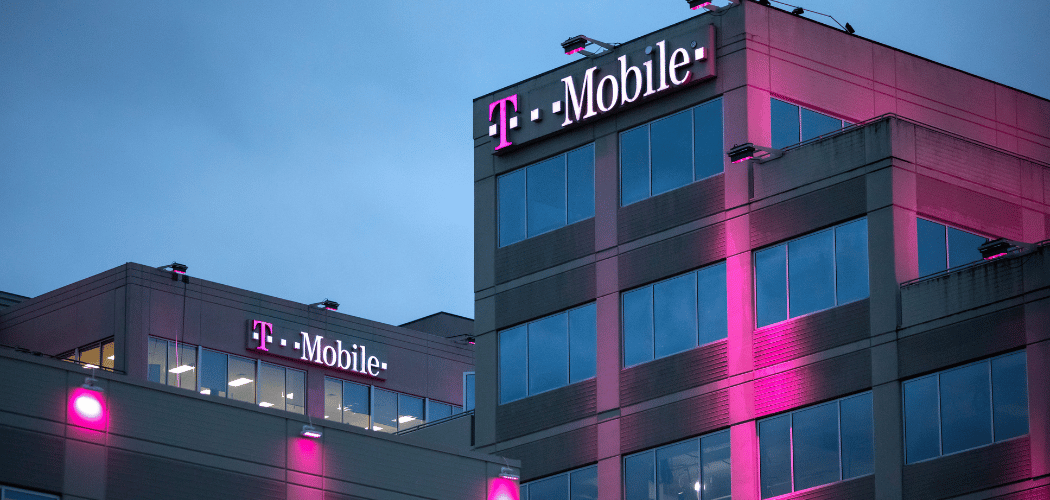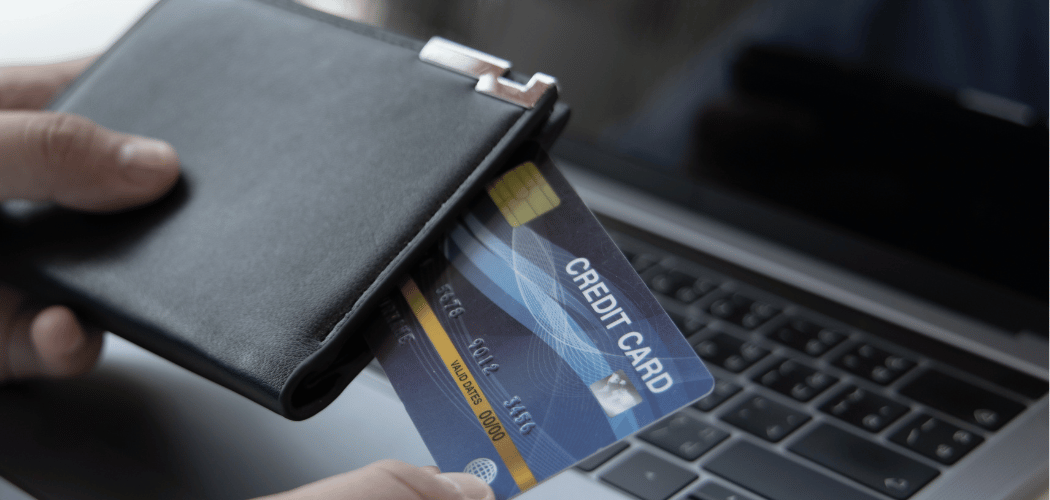Not all forms of cash rewards are the same
Cash is King, that’s the way the saying goes. Cash has an established value that does not wax or wane as economic conditions change. The saying originated as a slang term reflecting the belief that money (cash) is more valuable than any other form of investment tools, such as stocks or bonds.
Cash is king in the investment world, but could it also rule in the world of Customer Loyalty?
A 2023 IAG/Avios (UK) study found that 92% of consumers are turning to loyalty programs for everyday spending to make their money stretch farther. More than 50% said they’re actively looking for new ways to collect points and maximize the return when they spend money. Consumers are clearly looking for value, and cash is a commodity they understand and value highly. That’s a big plus for the argument to use cash in your rewards program.
On the negative side, the O.G. crowd in customer loyalty cautions strongly against creating a loyalty program value proposition centered on cash back. The argument is that the redemption of points into cash represents too much transparency and too little excitement for program members.
For example, once upon a time, the largest banking institution in Puerto Rico had rewards programs associated with all three of its credit card products, one each with American Express, MasterCard and Visa. As part of doing a loyalty program health check, the bank analyzed redemption patterns and discovered that cardholders had progressively chosen cash back as a statement credit as their first choice. At the time of the analysis, a majority of all redemptions took the form of cash back. Members had become bored with the options available and were redeeming for cash mostly as a last resort. The abundance of cash rewards were an indicator that the rewards catalog composed of travel, merchandise and gift cards needed refreshment.
The recommended approach to creating a value proposition that will capture the minds of consumers is to create a balanced blend of reward and recognition and to center the reward features on those items where the difference between value perceived by the customer and the cost to deliver that reward is maximized. The thinking is that when a program sponsor (like your company) places too much focus on cash back as a reward, the loyalty program risks becoming nothing more than a deferred discount mechanism for the consumer. That scheme offers practicality and utility, but minimal excitement.
Fast forward to 2024 and conditions are quite different.
In a study from Cardlytics, consumers preferred the instant gratification of cash back rewards over delayed rewards like miles or points. They determined that cash back is generally easier to manage, understand, and earn from the consumer’s point of view compared to other programs.
Punctuating this finding is the research just released by The Wise Marketer in conjunction with Engage People. Titled “Paying with Points (PwP) – “Tomorrow” Is Too Late.” The robust quantitative survey canvassed the insights of 1,000 U.S. consumers — each an active user of a rewards credit or debit card within the last year, and you can download the full report here. The research found that users are drawn to PwP primarily for cost saving and flexibility, an important insight given the current inflationary conditions. Convenience was cited by both users AND non-users as a reason for their interest in Pay with Points and these highlights were shared:
- 84% of respondents indicate they are highly or somewhat likely to use PwP in the future.
- The top three categories where PwP is used include grocery stores, online stores, gas/convenience stores.
- 37% of people surveyed have used PwP at least once, with men under 35 most likely to have done so.
- Younger demographics, including Gen Z, cites availability of PwP as a reason to switch payment cards.
Will cash rewards dominate the future of customer loyalty?
Cash can become the king of your loyalty program, but how it is positioned for use and what it represents to your members makes all the difference in its effectiveness.
- When points can be redeemed “just like cash” in an e-commerce shopping cart or at a physical store, consumers put a higher value on cash as a reward. Convenience, choice, flexibility, and control add significant intangible value to each transaction.
- When cash is used as a statement credit, there is risk on several fronts. Between 2020 – 2022, the earning rate for each dollar spent on a rewards card (general purpose cardholder) grew from 1.4 cents to 1.6 cents per dollar for cash back cards. Offsetting this increase are the costs of carrying a revolving balance, in the form of interest charges and fees. As debt-laden consumers do the math to understand that rewards can’t keep pace with costs, they could shy away from credit card products with rewards, especially when they carry an annual fee of $90 or higher.
The newest trend that highlights the popularity of cash as a “reward” comes from the restaurant industry – and its value could erode the perceived value of loyalty programs in the sector. Discounts for settling the tab with cash are now on the menu at coffee shops and restaurants as merchants search for ways to manage and reduce rising credit-card transaction fees.
The laws governing credit card surcharges vary by state and this article shows there are only four states in the US where credit card surcharges are illegal. Legal or not, consumers don’t typically like payment card surcharges, therefore merchants are employing jiu-jitsu tactics to address rising processing fees. Instead of imposing a surcharge, they offer a discount, often between 2-3.5%, when customers settle their bill with cash, hedging that “if you choose to pay by card, the discount will be removed.”
Cash can be king of your loyalty strategy when it can be used at the point-of-sale and is packaged with high utility to delight the customer. Relegating the use of cash to the standard one-percent rebate that is posted to a credit card account is a tactic that is staring down a horizon.
The lesson for the industry is that not all forms of loyalty cash are the same. Spend it wisely.




